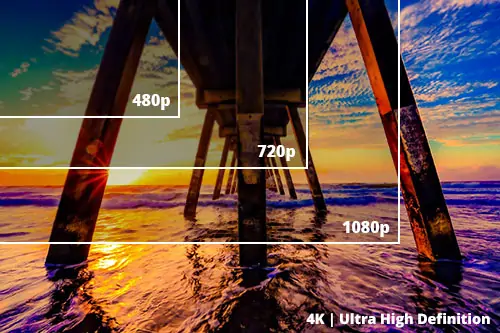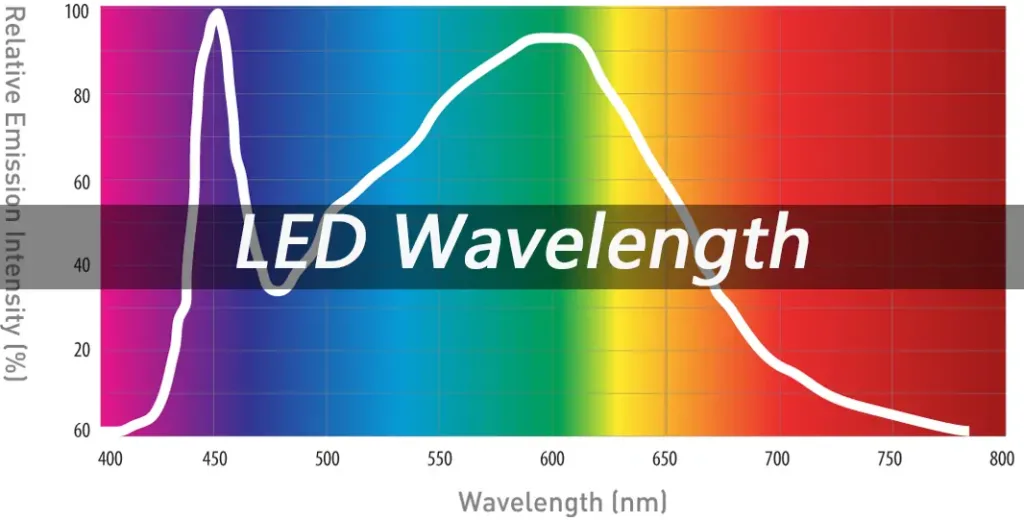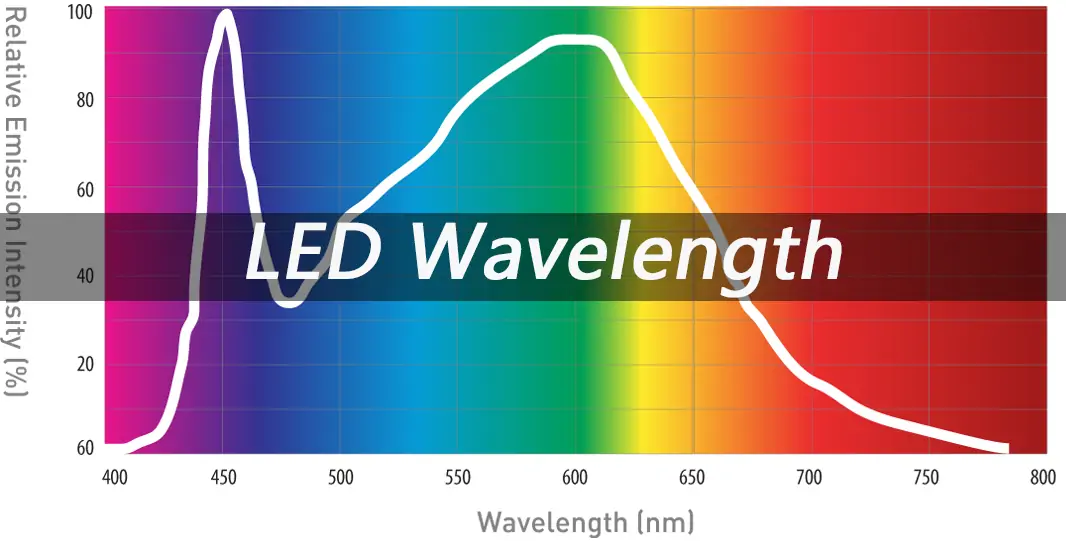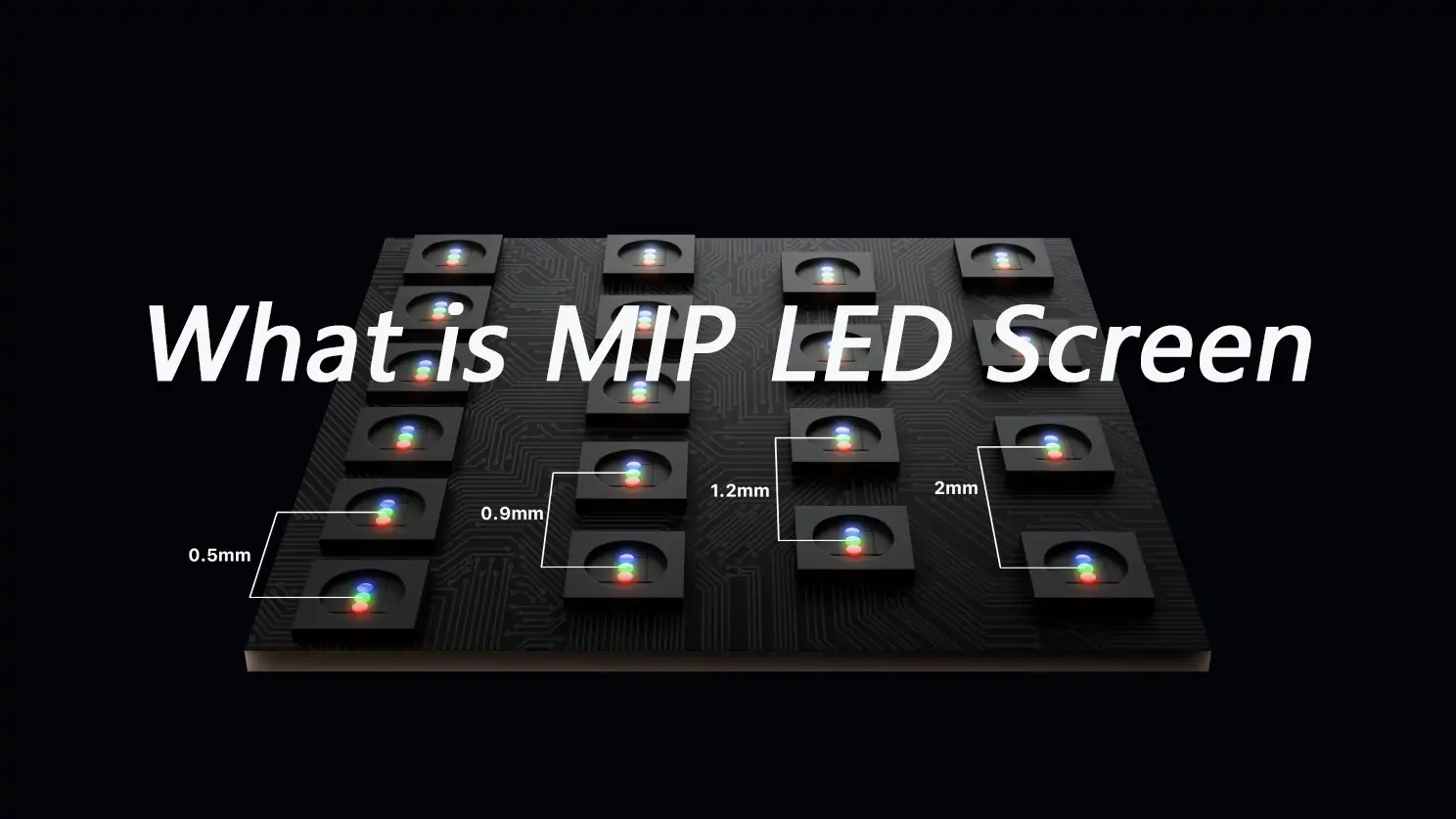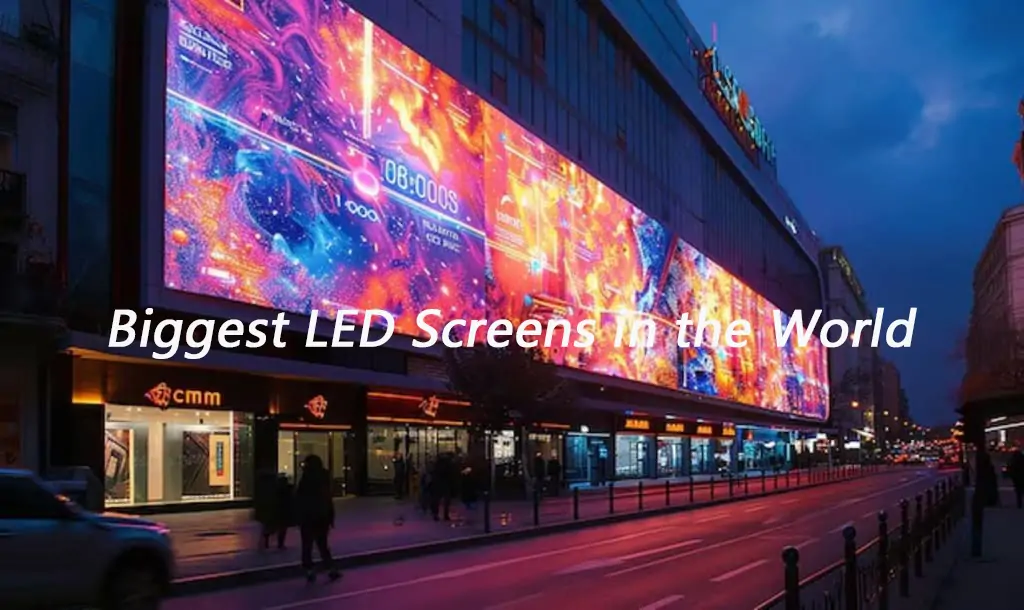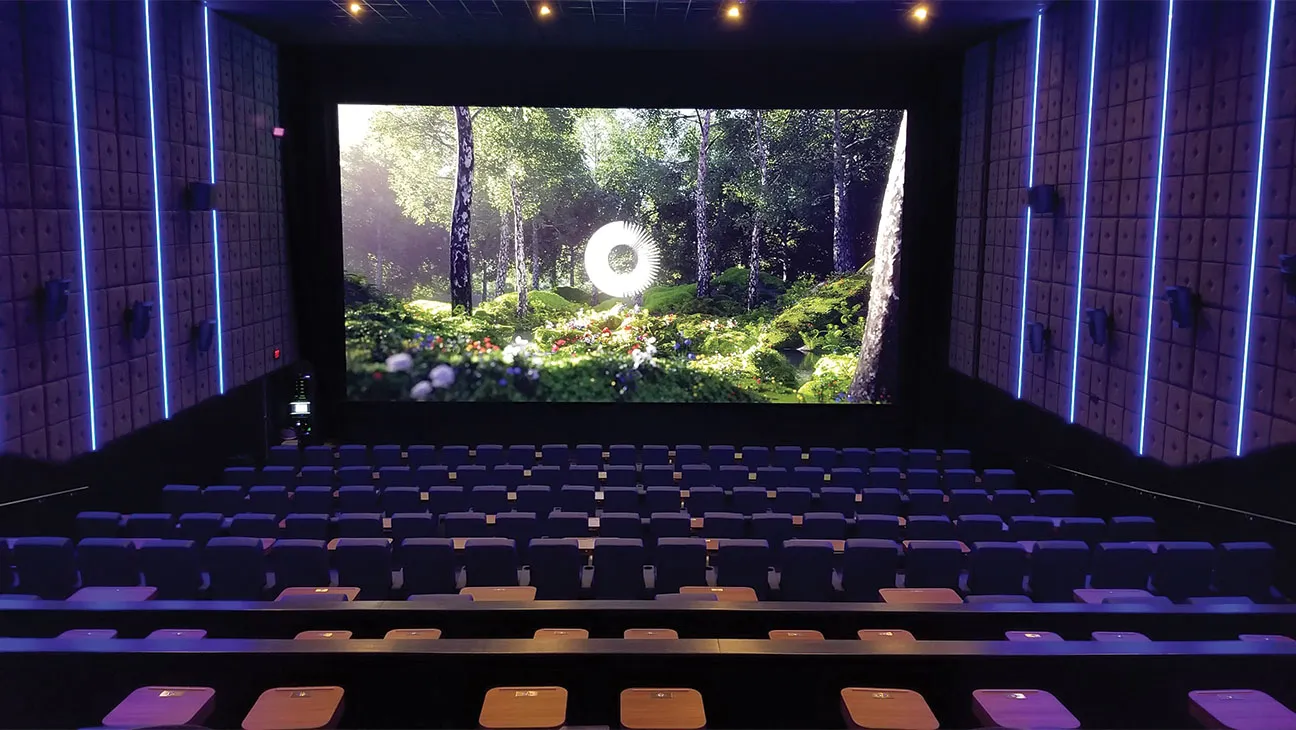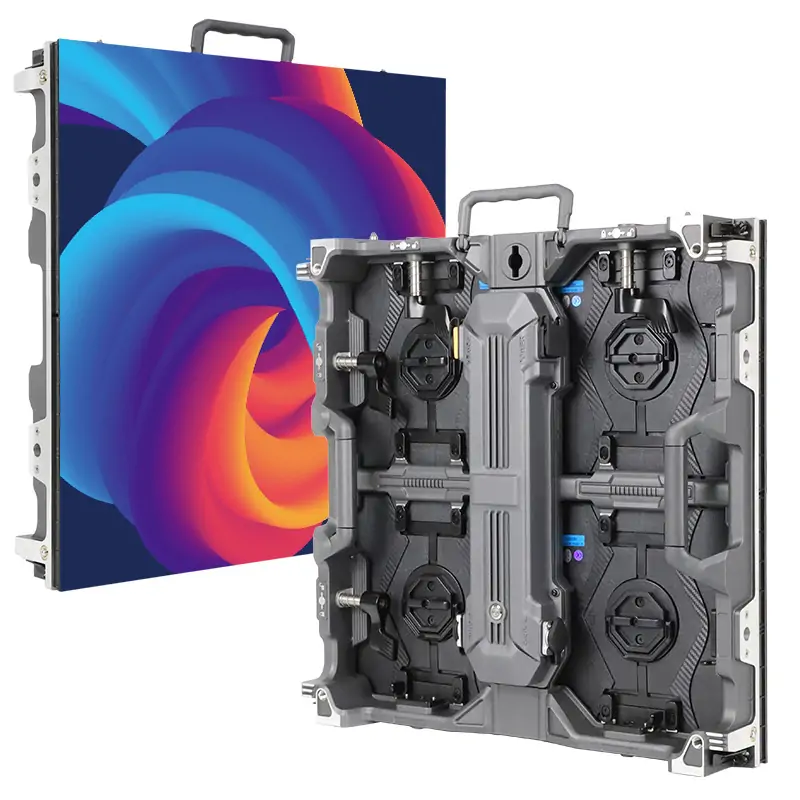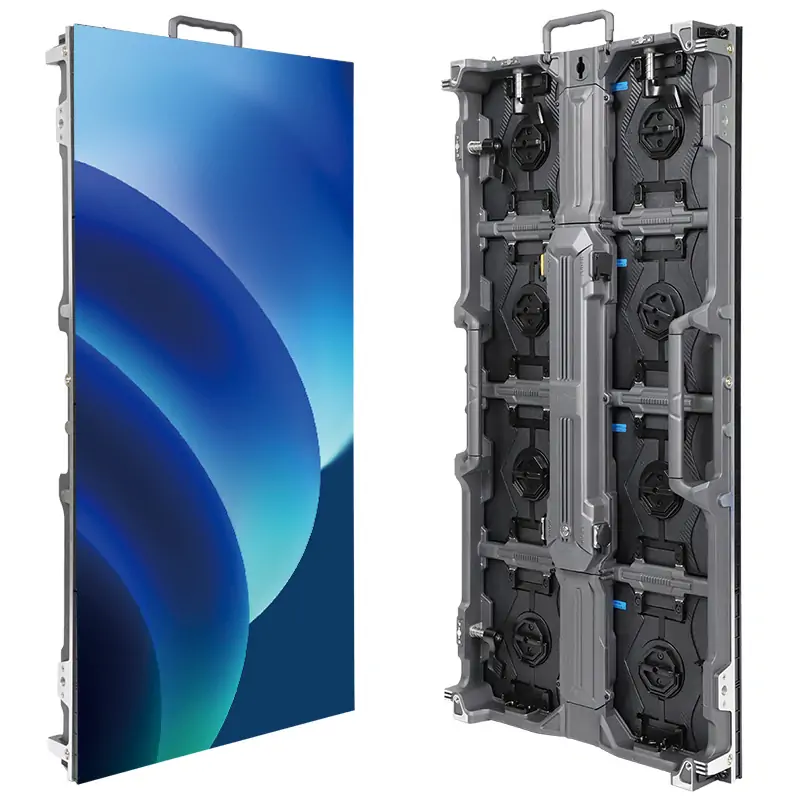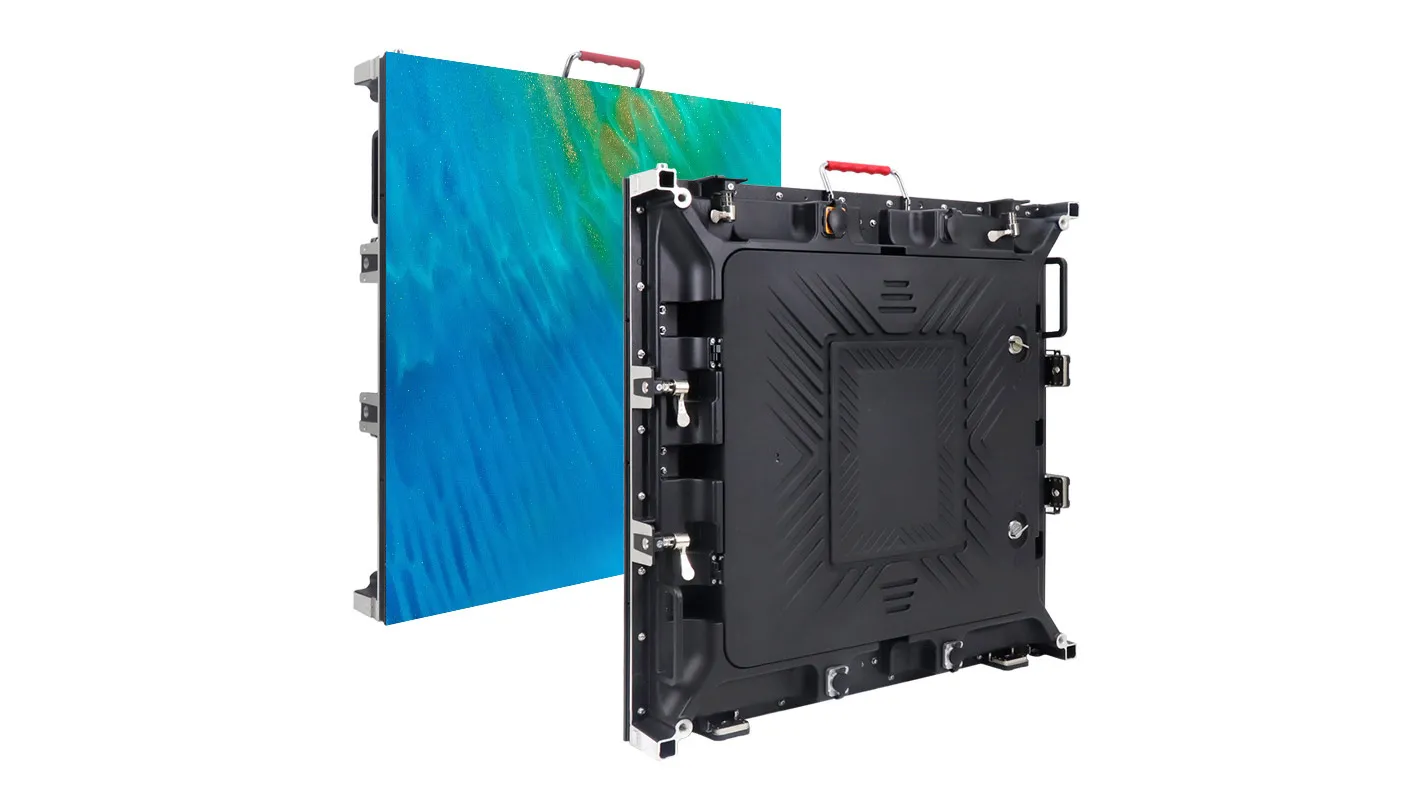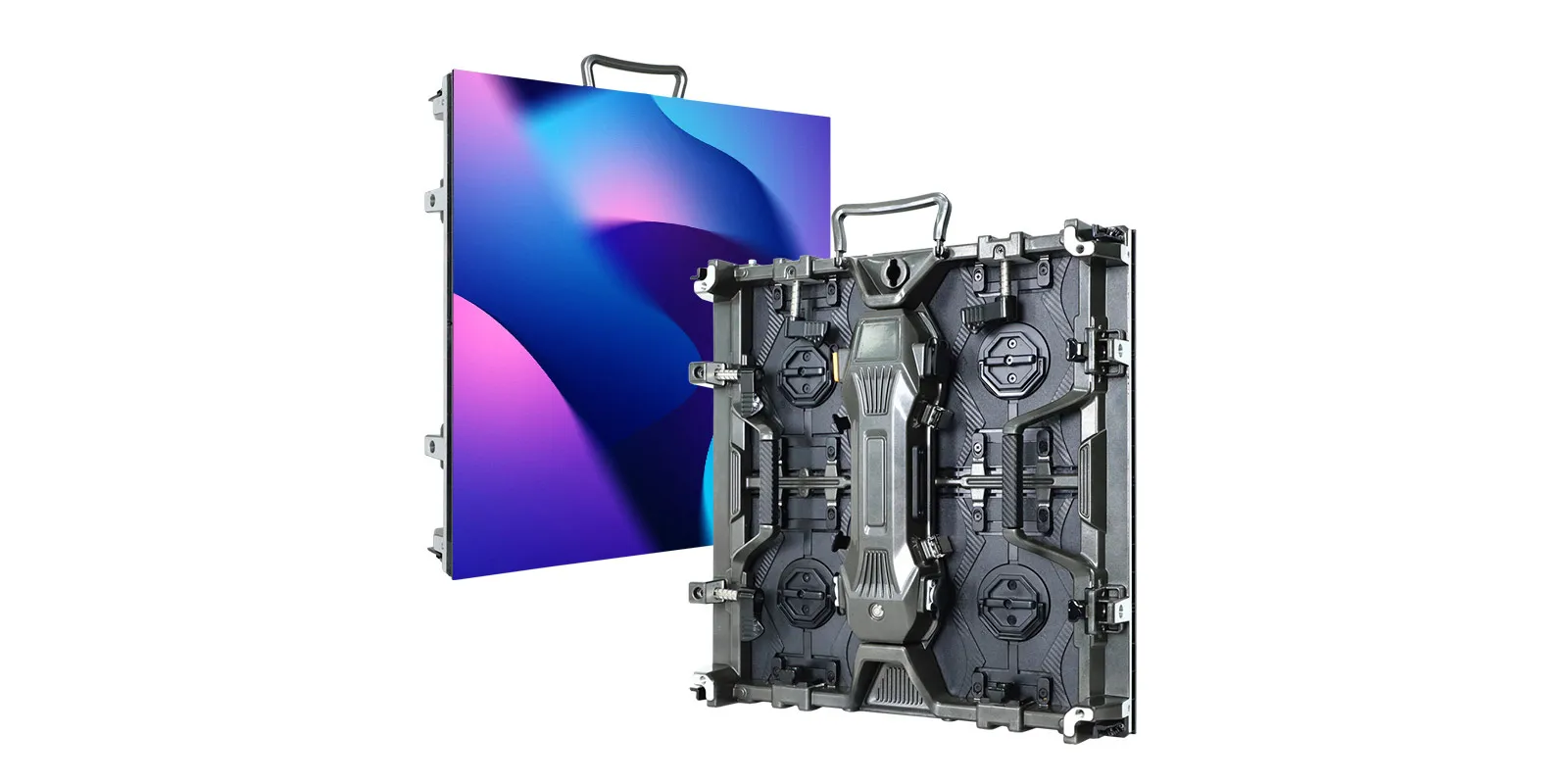Display technology discussions primarily focus on LCD and LED as two dominant terms. These screens exist in every corner of modern life including smartphones and laptops and televisions and digital billboards and stadium scoreboards. People frequently search for the difference between LCD and LED display because they need to determine which technology suits their needs best.
The debate between LCD and LED has persisted throughout years because these technologies share common roots but each has distinct features. Liquid Crystal Display technology has established itself as the base for digital screens throughout multiple decades.
The technology introduced a significant change from heavy cathode-ray tube devices through its slim design and lightweight construction and improved energy efficiency. The technology of Light Emitting Diode (LED) enhances LCD by implementing advanced backlighting systems which deliver improved visual clarity and increased brightness and superior energy conservation.
I have prepared this guide to examine LCD and LED displays through their definitions and differences as well as their advantages to help you choose the most suitable option. This guide provides both practical knowledge about these technologies and predictions about future screen development.
1. What is an LCD Display?
LCD represents Liquid Crystal Display which serves as a display technology that has operated screens throughout numerous years. To find out the differences between LCD and LED displays, lets begin with understanding LCD operation principles.
The LCD display consists of liquid crystals which are positioned between two glass or plastic layers. The crystals lack their own light production ability so they function by managing the amount of backlight illumination that passes through. Traditional LCD displays use CCFL (Cold Cathode Fluorescent Lamp) backlighting to distribute light across the screen for image creation.
The LCD display design produces clear and reliable images yet it demonstrates limitations in energy efficiency and brightness and contrast compared to LED displays.
LCD displays are still used in:
- Televisions
- Computer monitors
- Calculators and watches
- Older smartphones and tablets
The long history of LCD technology makes it affordable and widely available to consumers. The performance difference between LCD and LED display technology becomes evident when compared. The modern requirements benefit from LED options because they deliver superior visuals and consume less power.
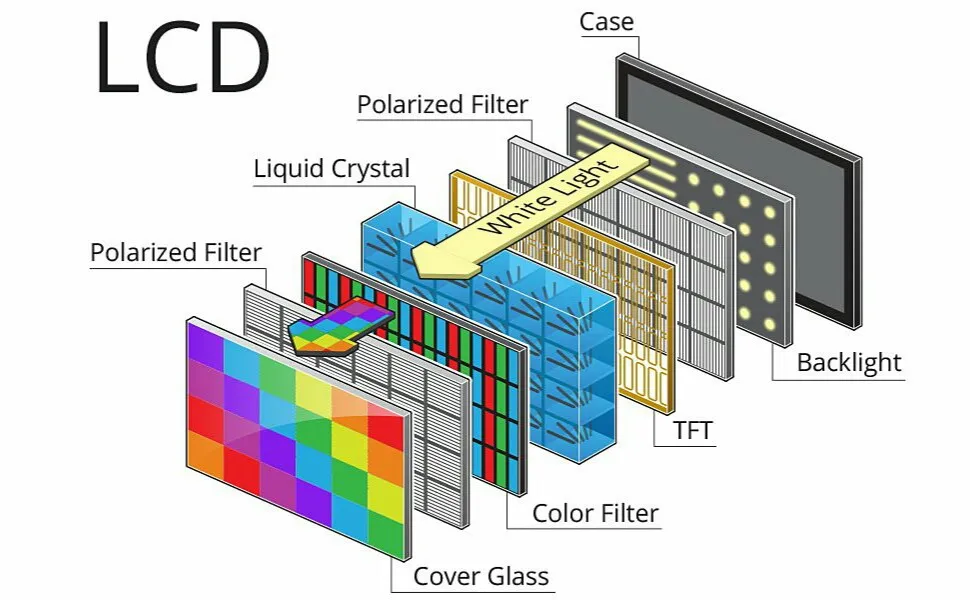
2. What is an LED Display?
LED represents Light Emitting Diode which serves as an advanced display technology that provides better efficiency. The main difference between LCD and LED display technology exists in their backlighting approaches. The backlighting system of LED displays operates through tiny light-emitting diodes which are positioned either behind or surrounding the screen.
This change creates multiple benefits:
- Improved brightness and contrast because LEDs can be dimmed individually
- Lower power consumption, making them more energy efficient
- Slimmer designs, since LEDs take up less space than CCFL lamps
Better color accuracy and sharpness, especially in modern TVs and monitors
The performance difference between LCD and LED displays reveals that LED technology produces deeper blacks and more vibrant colors which create an immersive viewing experience.
LED technology includes edge-lit LED and full-array LED types while premium versions such as OLED and QLED deliver superior visual quality.
LED displays have become the leading choice for televisions and smartphones and digital signage applications because they surpass LCD displays in every performance aspect. The difference between LCD and LED display technologies becomes essential for anyone who needs to select between these screen types.
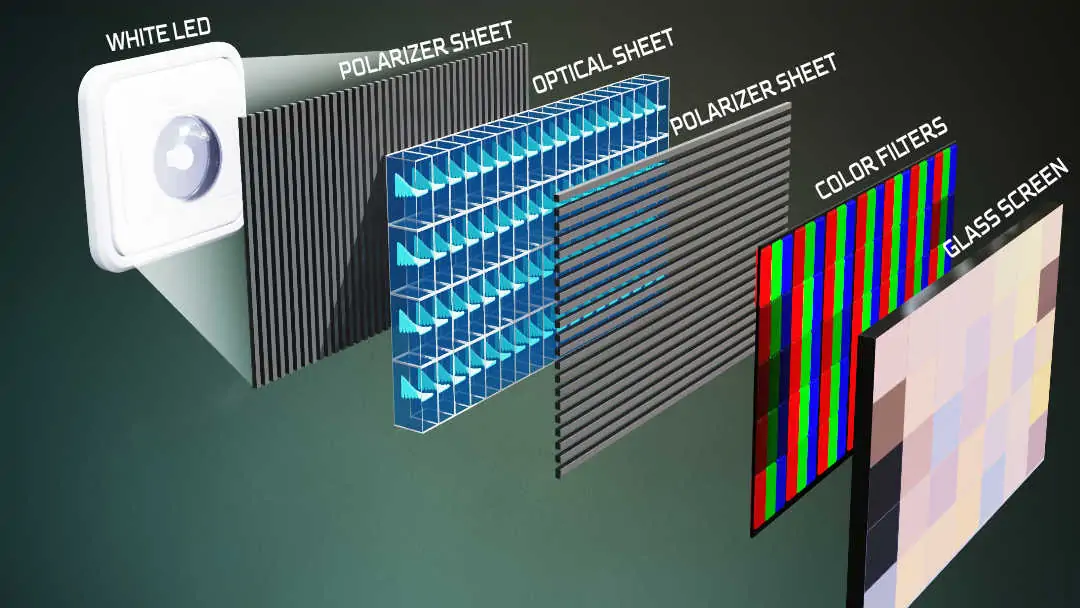
3. LCD vs LED: Key Differences
3.1 Technology and Backlighting
The backlighting system makes the main difference between LCD and LED display technology. LCDs always need a backlight because they use CCFLs or modern LEDs for their illumination system. The LED display technology works through direct-view operation by making pixels produce light individually or it uses LED backlights to illuminate LCD panels.
The display capabilities of LED technology surpass LCD technology because it enables advanced image display methods. The difference between LCD and LED display affects brightness levels as well as design and performance capabilities.
3.2 Brightness and Visibility
When examining the difference between LCD and LED display technology, brightness stands as the primary distinction. The superior brightness levels of LED displays make them suitable for both high-light and outdoor applications. The visibility of LCDs diminishes when exposed to powerful sunlight or intense lighting conditions.
The advanced technology of LED displays makes them useful in various settings because of their increased brightness. The choice between LCD and LED display depends on the specific use requirements of each application.
3.3 Image Quality and Color Accuracy
Image quality represents a fundamental difference which separates LCD displays from LED displays. The output of LED displays features more vivid colors together with darker blacks and superior contrast ratios. LCD displays maintain good color accuracy yet fail to deliver the same quality when it comes to black levels and overall contrast.
The superior choice for applications needing realistic images with precise details is LED technology. The selection of screens for clarity and quality needs depends on understanding the differences between LCD and LED display technologies.
3.4 Thickness and Design
The design aspects and construction methods between LCD and LED displays show different characteristics. Direct-view LEDs produce displays that are both thinner and lighter because they eliminate the need for a separate backlight. Multiple backlighting layers used in LCDs result in thicker dimensions than LCDs. The different design characteristics affect both installation flexibility and portability.
Modern slim-profile applications require designers to focus on the design difference between LCD and LED displays.
3.5 Energy Efficiency
The energy usage pattern distinguishes LCD displays from LED displays as an essential difference. LED displays use less power than LCD displays to achieve similar or improved brightness levels. The energy consumption of older LCD models that use CCFL backlights is higher than that of other display technologies.
The energy-efficient nature of LED technology establishes it as the more environmentally friendly option for long-term use. Businesses together with consumers can reduce their long-term energy expenses by understanding the difference between LCD and LED displays.
3.6 Lifespan and Durability
The durability of LCD and LED display technology serves as one distinguishing factor between these two display types. LED displays operate with longer lifespans than LCD displays while handling continuous or heavy usage. LCD displays featuring CCFL backlights experience faster degradation which leads to shorter replacement intervals.
The long-term operational costs of LED displays prove more economical than those of LCD displays. The difference between LCD and LED display durability enables users to make more intelligent purchasing decisions.
3.7 Viewing Angles
The way LCD and LED displays display images varies based on the viewing perspective. LED displays maintain consistent color quality along with uniform brightness throughout various viewing positions. LCD displays lose their color precision together with reduced brightness when users view them from the side or at off-center positions.
The display quality suffers when multiple users watch content. LED technology stands out as the better option for group viewing and public displays because of its superior viewing angle capabilities.
3.8 Price and Availability
The price difference between LCD and LED display technology along with their availability levels explains their distinction. The initial cost of LCDs remains lower than LEDs which makes them suitable for budget-friendly consumers. LEDs cost more upfront yet deliver better performance and energy efficiency together with longer lifespans which create more value for the investment through time.
The total cost difference between LCD and LED displays includes both the initial acquisition expenses and the extended value obtained from usage throughout multiple years.
3.9 Indoor vs Outdoor Use
The distinction between LCD and LED display emerges most strongly when examining their appropriate applications. LED displays function effectively in both interior and exterior use because they have high brightness levels and weather-resistant capabilities and durable construction. The outdoor usage of LCDs remains limited because they fail to perform under direct sunlight and harsh environmental conditions.
The choice between these displays leans toward LEDs for businesses and events because they offer more versatility. This distinction between LCD and LED display systems determines their practical applications in the field.
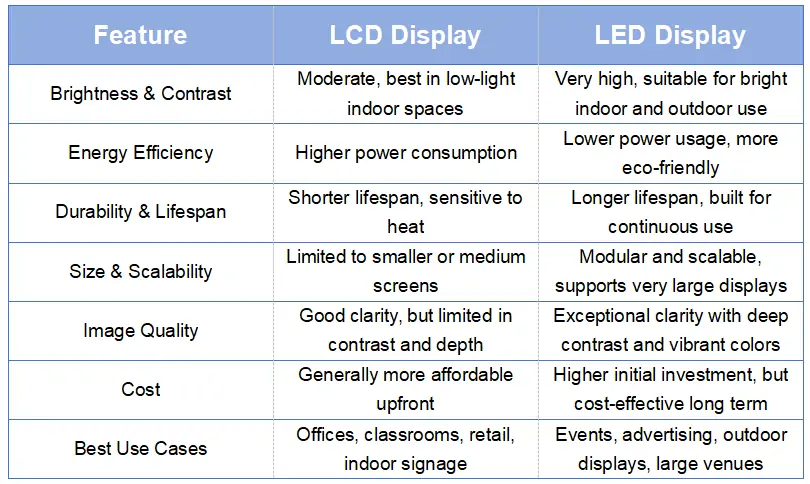
4. Advantages of LED Displays
The difference between LCD and LED display technologies reveals that LED displays deliver better performance and versatility. The main advantage of LED screens is their ability to produce superior brightness together with enhanced contrast. LED screens provide bright colors and deep blacks and high visibility in outdoor bright conditions which makes them suitable for events and advertising and large venues.
LED displays provide two main advantages through their energy efficiency and their durability. The power consumption of LED screens exceeds that of traditional LCDs which results in reduced operational expenses during their lifespan. The long lifespan of LEDs allows them to operate continuously without image quality deterioration thus making them an intelligent long-term investment for both indoor and outdoor applications.
LED displays function as modular systems which allow users to scale and customize them into any desired shape or size. The flexibility of LED technology extends from small indoor retail displays to massive outdoor billboards and stadium screens. Businesses can produce customized attention-grabbing visuals through LED technology because they do not need to follow specific screen size limitations.
The performance difference between LCD and LED displays becomes evident when compared. The combination of brightness with efficiency and adaptability in LED displays makes them the preferred choice for modern high-impact visual communication.
5. Advantages of LCD Displays
The difference between LCD and LED display technologies reveals that LCD displays maintain several important advantages. The main advantage of LCD displays includes their affordable initial price. The production costs of LCD screens together with their purchase prices remain lower than LED screens which makes them suitable for schools and offices and small businesses on a budget. Organizations can use multiple displays because of their affordable price point.
LCD displays work best for screens that measure from small to medium in size. LCD screens function effectively in environments with controlled lighting such as classrooms and retail stores and offices. The technology delivers clear and sharp images at an affordable price when applications do not need high brightness or deep contrast.
The main benefit of LCD technology stems from its broad market presence and user understanding. The long history of LCDs has established a vast network of replacement parts and repair services and technical expertise at affordable prices. Users who need dependable solutions with minimal long-term complications should choose LCD technology because of its widespread availability.
The difference between LCD and LED display performance does not reduce the importance of LCD technology even though LED displays outperform them in brightness and efficiency. The combination of affordable prices and easy access and established reliability makes LCD displays suitable for various everyday applications.
6. Which Should You Choose?
The selection between LCD and LED technology requires evaluation of your particular requirements alongside environmental conditions and financial resources. The selection between LCD and LED displays depends on your specific requirements because each technology provides distinct advantages based on your use case.
Choose LED if:
LED screens are perfect for large displays and outdoor applications because they deliver high brightness and durability. The high-light performance of LED screens together with their weather-resistant capabilities makes them suitable for different outdoor conditions. The long-term cost efficiency of LED screens comes from their power consumption efficiency and extended lifespan.
The high-impact visual capabilities of LED displays make them suitable for businesses and event organizers who need to attract attention through advertising and concerts and trade shows and digital signage applications.
Choose LCD if:
You require an affordable display solution for screens ranging from small to medium size. The availability of LCD displays is widespread and their affordable price makes them suitable for offices and classrooms and retail spaces that do not need extreme brightness levels. The technology operates effectively in dimly lit indoor spaces while remaining an efficient solution when you don’t require regular content updates or customized screen formats.
LED represents the better investment when you want scalable solutions with energy efficiency and strong visual effects. The cost-effective solution for everyday indoor use can be met through an LCD display.
7. Next Evolution: MicroLED
7.1 MicroLED Basics and How It Works
MicroLED represents a revolutionary breakthrough in display technology development. Each microscopic light-emitting diode (LED) functions as an individual pixel that generates its own brightness and color output. MicroLED technology produces light directly from pixels since it does not need a backlight or the grouped diode arrangement found in traditional LED panels. The direct pixel-level light emission produces images with exceptional clarity and intense colors and exact contrast levels.
7.2 Why MicroLED Is the Future of Displays
The display technology industry considers MicroLED as the future breakthrough because it unites OLED and LED advantages without their respective limitations. The technology achieves OLED-grade contrast together with deep blacks yet prevents the problems of burn-in and short lifespan. The technology combines LED advantages of brightness and durability with OLED advantages of scalability to create a highly adaptable product for consumer and commercial markets.
7.3 Key Advantages of MicroLED Over LED
MicroLED panels achieve superior brightness output together with superior energy efficiency. The thin and lightweight design enables manufacturers to create sleek products with new design possibilities. The superior contrast ratio capabilities of MicroLED technology makes it suitable for lighting-intensive environments. The modular structure of MicroLED technology enables display manufacturers to create displays of any size without compromising image quality or resolution.
7.4 Current limitations
The manufacturing process for MicroLED displays remains expensive and the production methods continue to develop. The technology exists only in restricted product ranges which primarily serve luxury consumers and specialized business sectors.
7.5 Potential for large-format B2B displays
The future shows great potential for MicroLED technology in business-to-business (B2B) applications. The future of large-scale visual communication will change through MicroLED technology which will provide high-performance video walls for corporate offices as well as immersive displays for live events and retail environments.
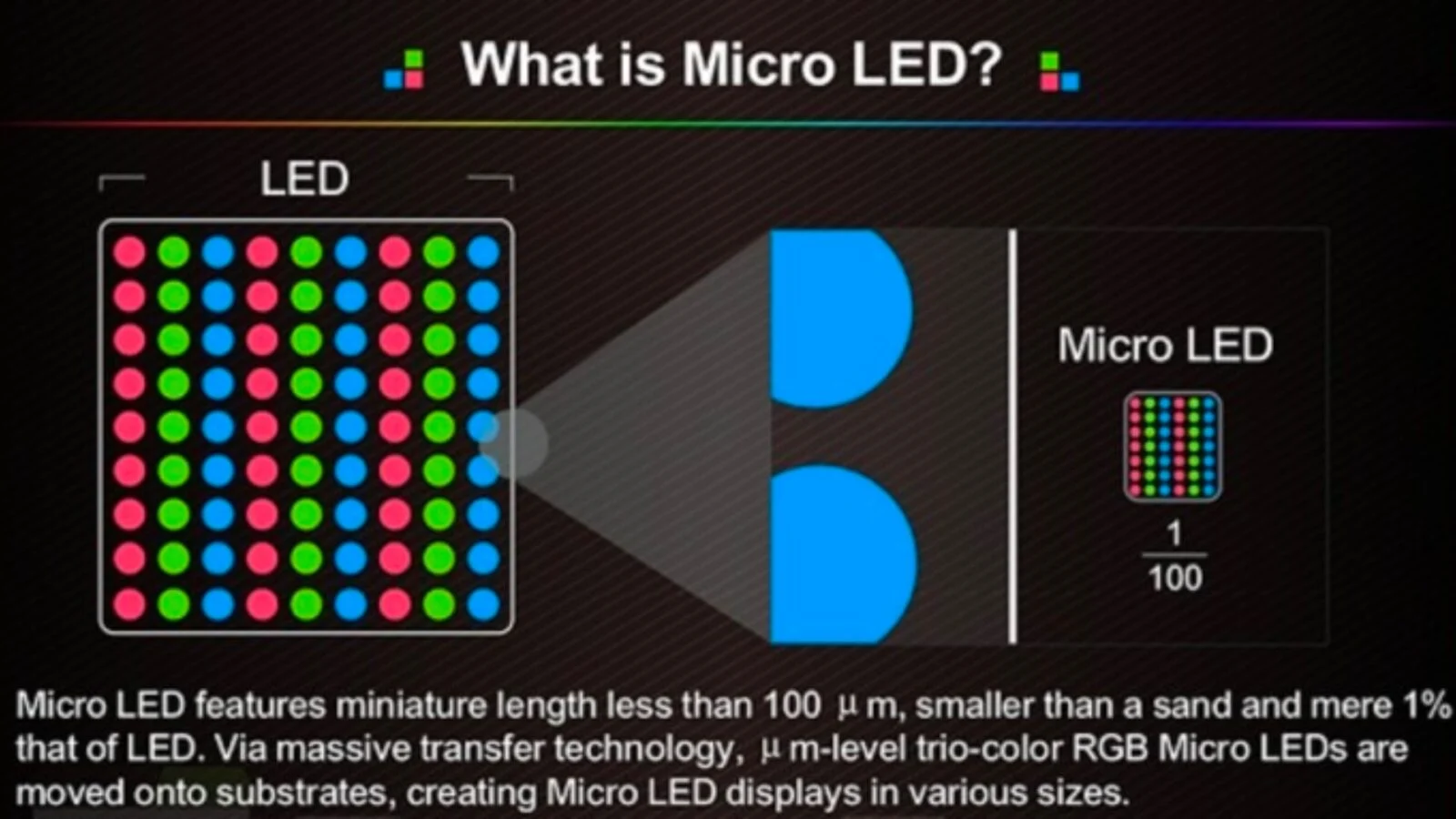
8. FAQS
9. Conclusion
The selection of appropriate display technology depends on understanding how LCD and LED displays differ from each other. LCDs work best for budget-friendly small to medium indoor displays because they deliver good color accuracy and accessibility. LED displays deliver superior brightness and contrast together with energy efficiency and versatility which makes them ideal for large-scale and outdoor or high-impact visual applications. The selection of a display depends on your environment and content type and viewing requirements to achieve both clear visuals and long-term satisfaction.
Now that you understand the key difference between LCD and LED displays, why not choose the technology that best suits your needs? At EagerLED, we provide high-quality LED display solutions that deliver brighter visuals, better energy efficiency, and long-lasting performance. Get in touch with us today to explore our wide range of LED products and take your viewing experience to the next level!
Related Posts
Fill In Your Needs In Detail
Fill in the screen usage scene and size you need in “Content”.You will get a quote.

